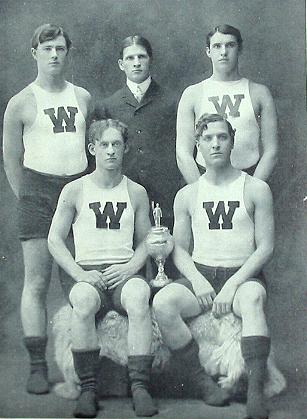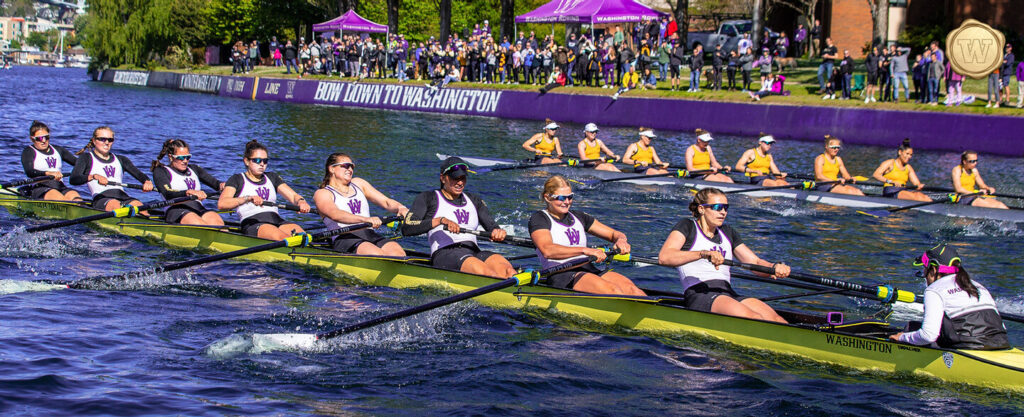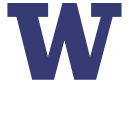The Dual UW vs Cal
Tradition
- MEN’S RECORD: UW – 75 WINS; CAL – 32 WINS; 1 TIE
- WOMEN’S RECORD: UW – 23 WINS; CAL – 19 WINS
There are not many traditions in the collegiate rowing community that match the color, consistency or intensity of the Washington/California rivalry.
Since the first 1.5 mile race in fours on Lake Washington on June 3, 1903, these programs have set aside a weekend each year to race, even if it meant for the first 60 years loading shells onto steamships or railcars to make the 800-mile trip.
Add to that the fact that these two teams – both men and women – have consistently been two of the strongest rowing programs in the nation, and you get an annual event that is as good as it gets to anyone who follows collegiate rowing in our country.
The Washington-California men’s varsity eight dual series dates back to 1903, with 107 meetings between the two schools. UW currently leads the varsity series 74-32-1. At stake is the Schoch Cup, named after Delos “Dutch” Schoch of Washington’s class of 1936. Schoch lettered three years (1934-36) as a Husky oarsman and was the spare to the 1936 Olympic team.
On the women’s side, the Washington-California women’s varsity eight rivalry dates back to 1977. The Huskies lead the series 23-19, and at one point won 22 of 23 races between 1981 and 2003.The women compete for the Simpson trophy, which was donated in 2003 by longtime Washington supporters Hunter and Dottie Simpson, whose daughter Anne rowed at Cal. Members of the Simpson family are traditionally there at the race to award this special gift to the winner of the women’s varsity eight race.




